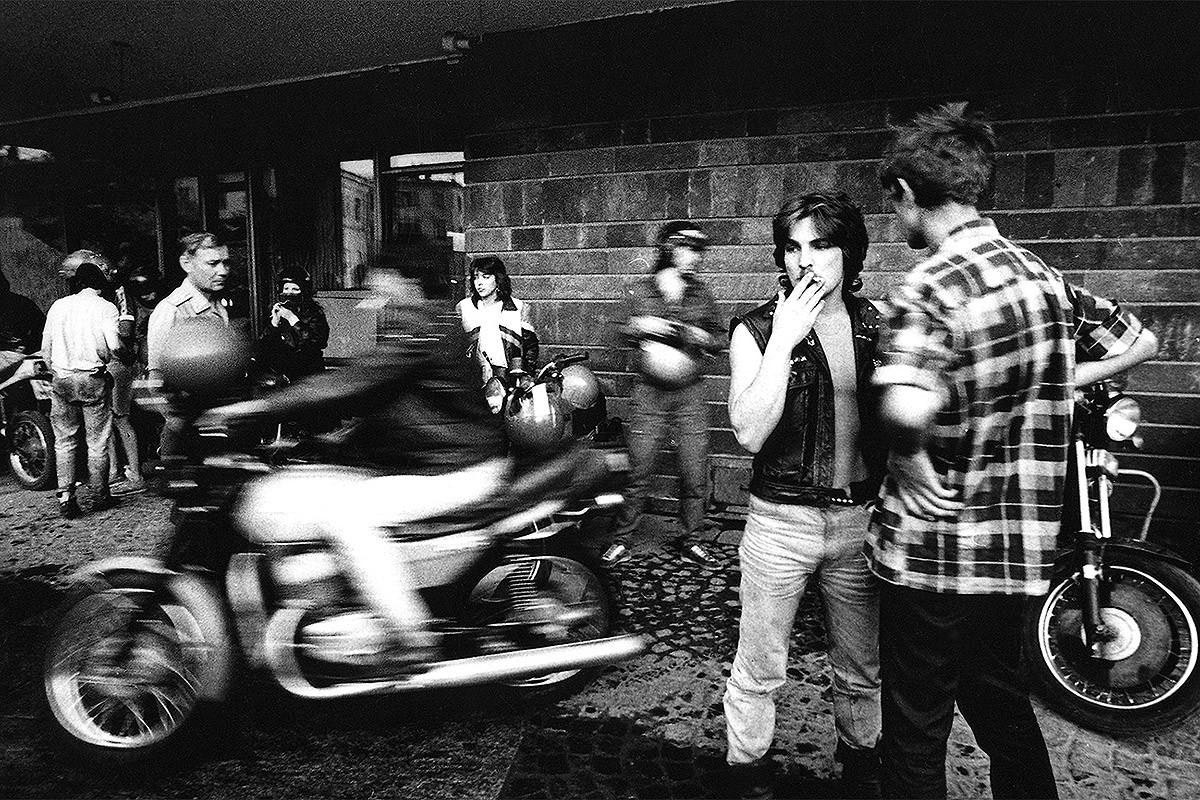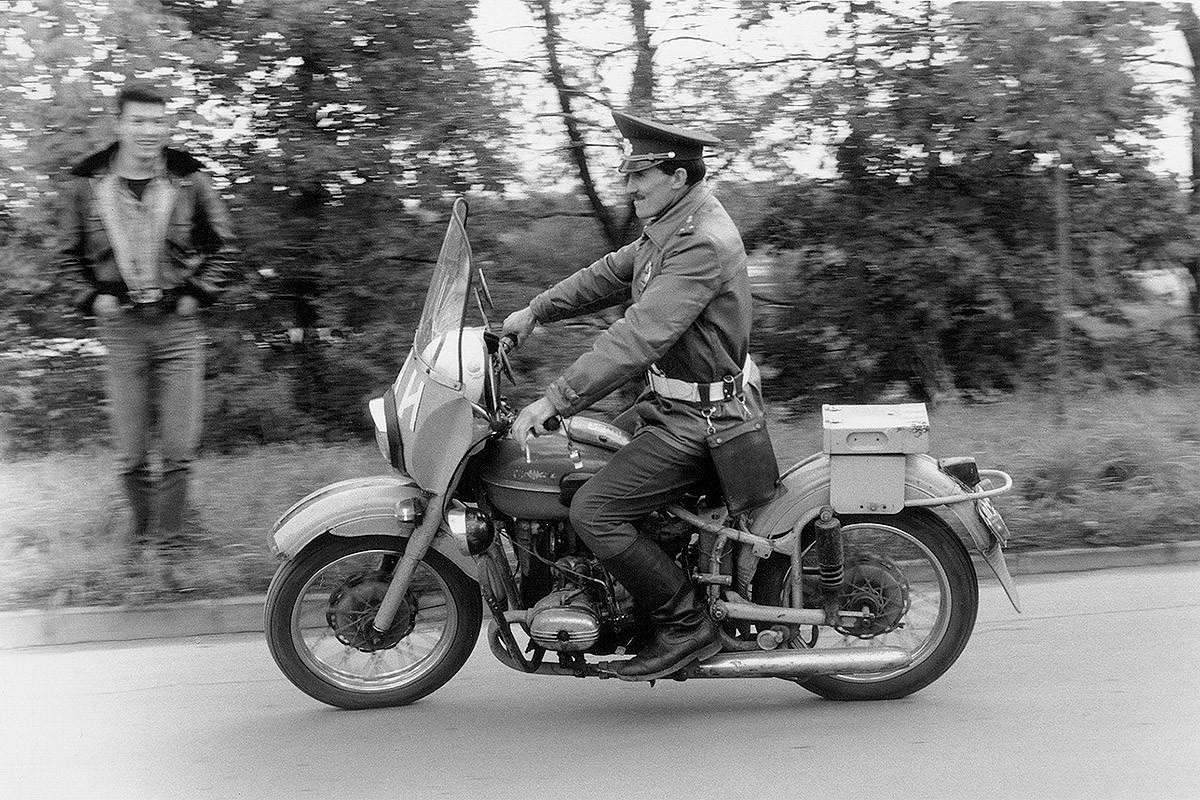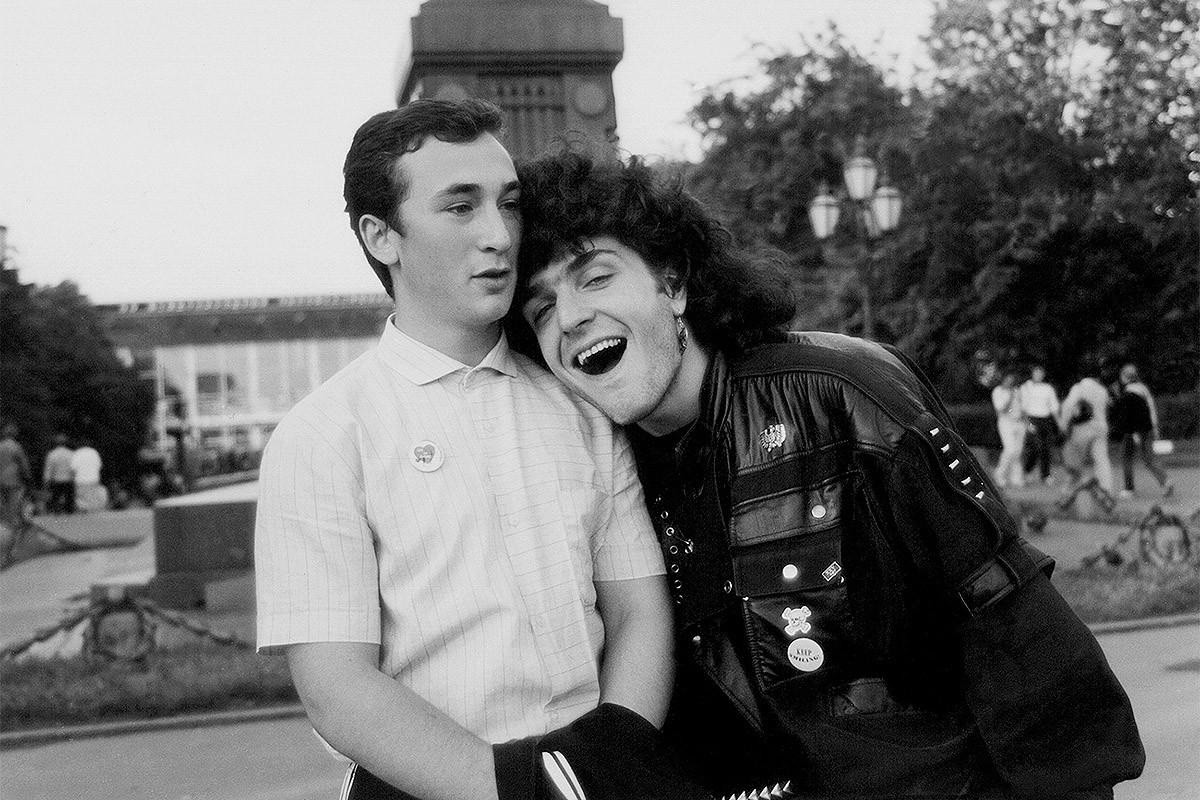Bike in the USSR: The strange history of Soviet biker gangs
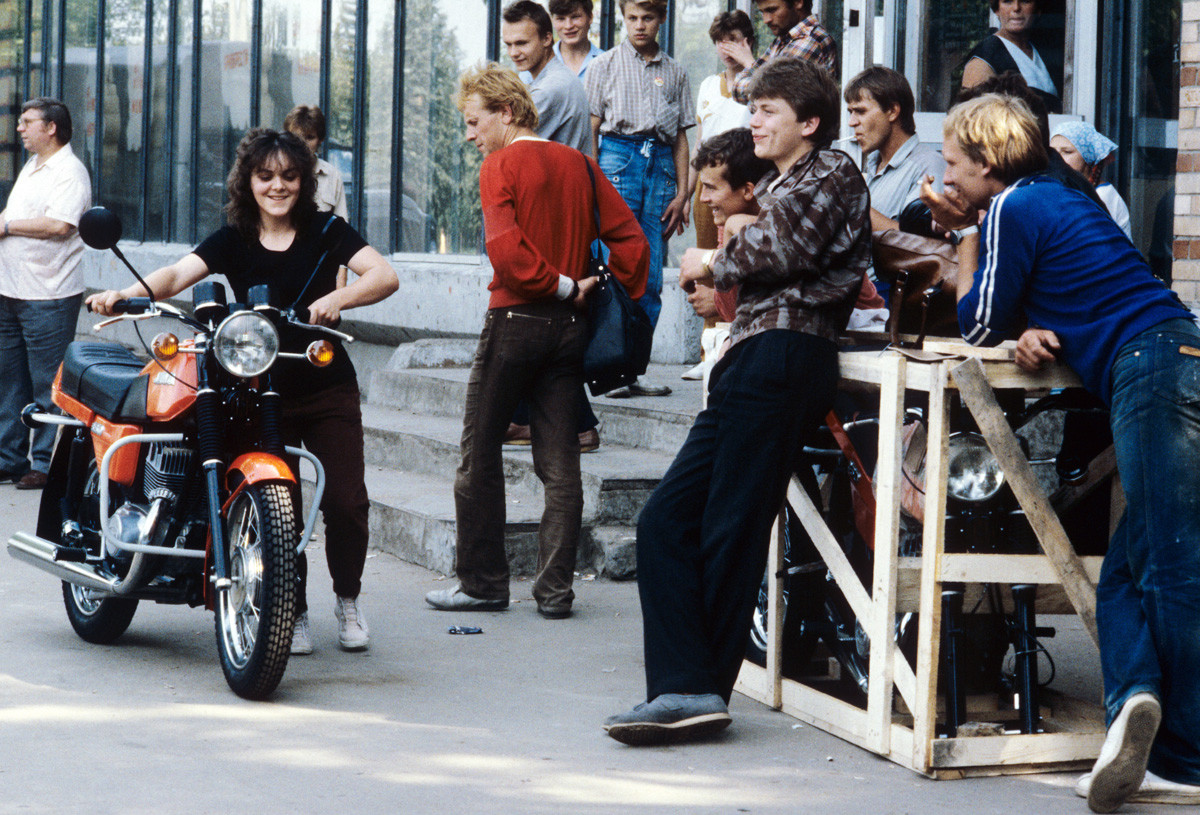
Motorcycles started becoming popular in the Soviet Union around the middle of
By the early

Unlike in the West, Soviet bikers did not have fancy choppers and had to suffice with what Soviet factories could produce. They resorted to models such as the IZH-Planeta, Minsk and the Voskhod. These bikes ranged in price from 450 rubles to 750 rubles (around $750-$1250), which at the time was equal to several average monthly salaries.

Motorcycles made in other Eastern European countries, mainly in Czechoslovakia, were regarded as more prestigious. These included the Jawa and ČZ models (the latter was called Chezet in the USSR).
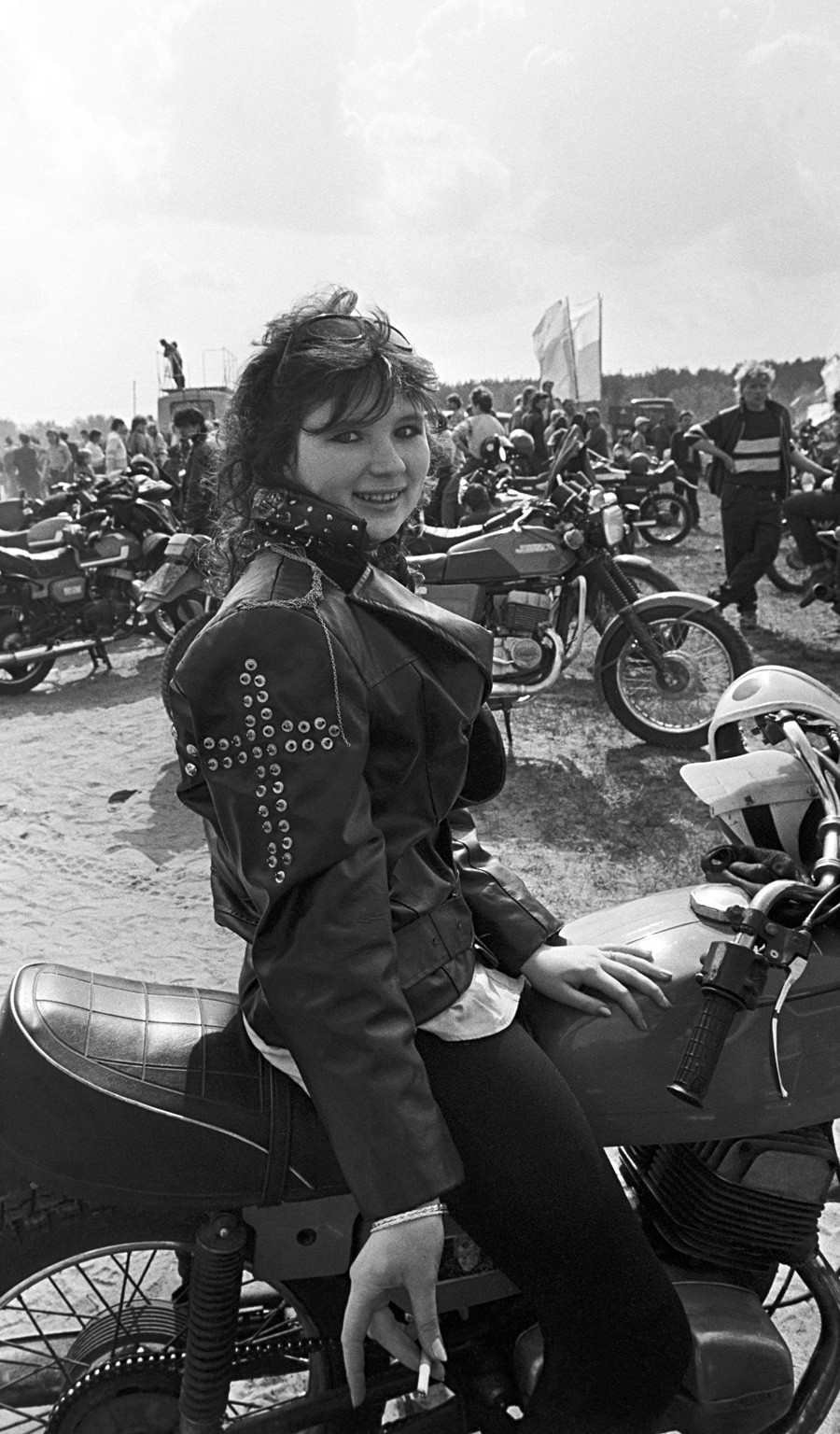
Soviet rockers usually gathered in the evening on weekends, generally somewhere close to parks or other public spaces. The most popular meeting sites in Moscow were Gorky Park, Luzhniki Stadium and “the Mountain”--a sightseeing platform near Moscow State University on Vorobyevy Gory where bikers still gather to this day.
Rockers liked riding through the sleepy streets at night and thus became a subject of acute police interest. At the same time, police motorcycles were often outdated and could not keep up with bikers.
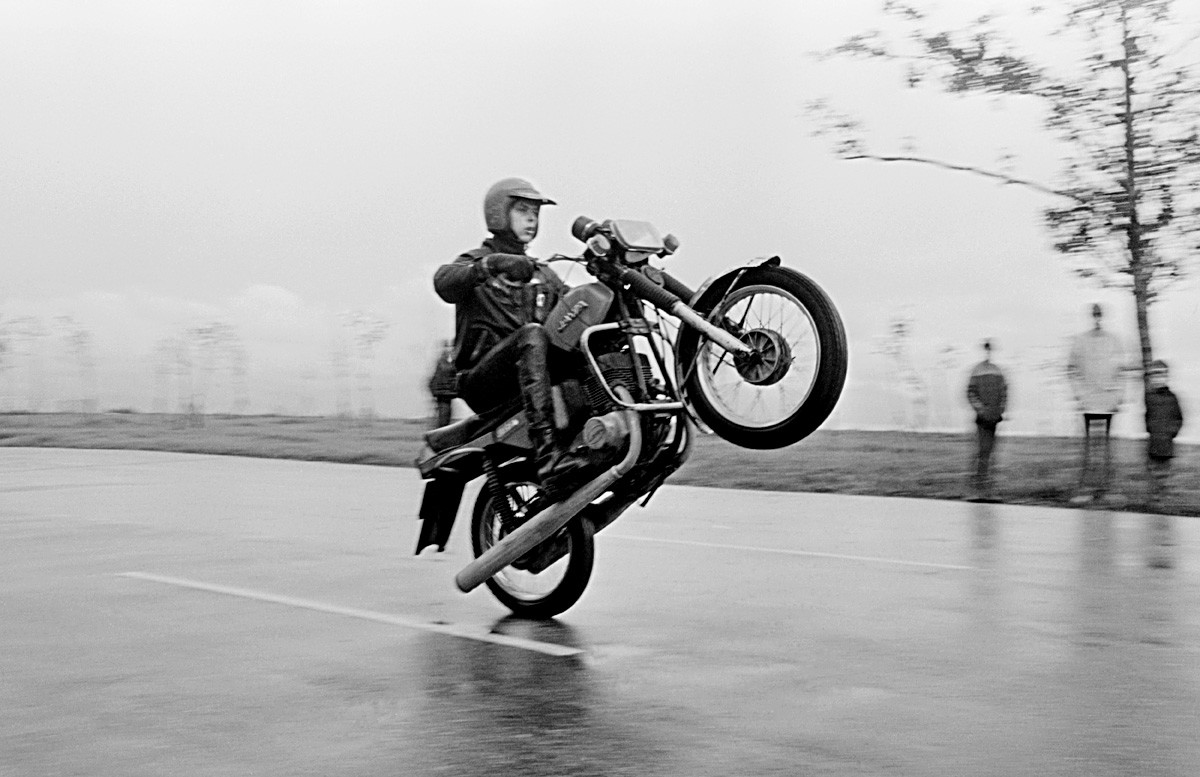
Soviet bikers tended to ignore traffic rules, and the statistics about motorcycle-related accidents from that period are startling. Every year in the late 1980s, there were almost 70,000 accidents and 10,000 fatalities involving motorcycles.
The rockers’ subculture became so popular and widespread in the USSR that even feature films were made about it. One of these was Avariya, a Cop’s Daughter. In the film, the main character, named Avariya (“Crash” in Russian), got tied up with rocker gangs and fell into trouble.
By

With the collapse of the Soviet Union, rockers on motorcycles became a thing of the past. Their successors got foreign choppers and came to look more like their Western counterparts.
If using any of Russia Beyond's content, partly or in full, always provide an active hyperlink to the original material.
Subscribe
to our newsletter!
Get the week's best stories straight to your inbox
